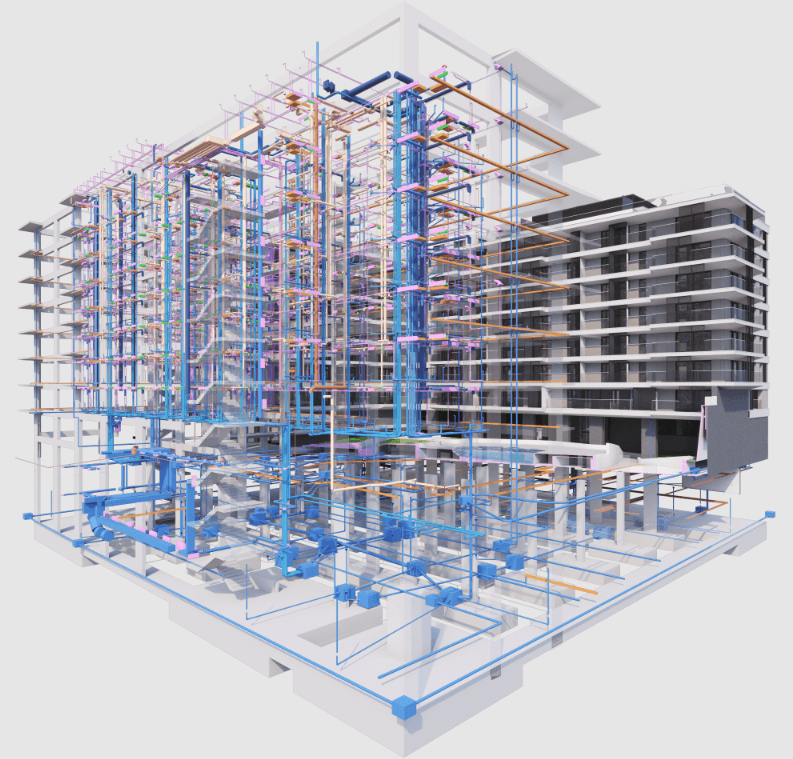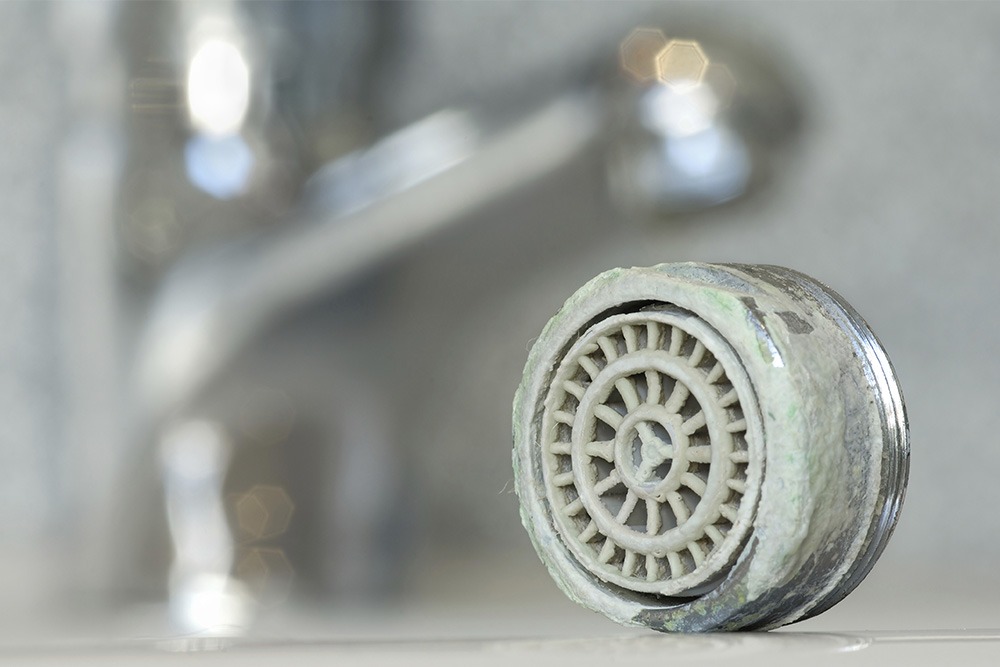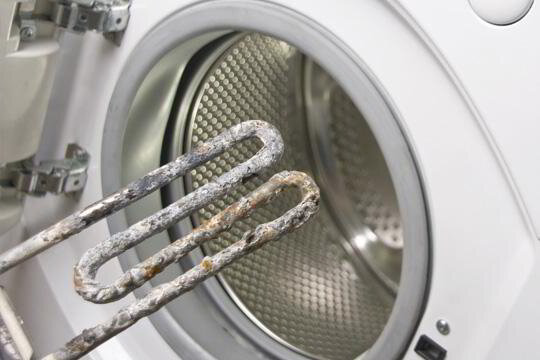
COBie Data Insights: Advancing Facility...
November 18, 2025
Hard water is not confined to one region; it’s a global issue that affects plumbing systems, building performance, and maintenance costs across all types of projects. Characterized by high concentrations of calcium and magnesium, hard water may not pose a direct health risk, but its long-term impact on MEP infrastructure and equipment performance is significant.
From the U.S. Midwest to the Middle East, India, and parts of Europe, many regions experience hardness levels exceeding 200 mg/L. These conditions demand thoughtful design strategies, effective water treatment integration, and an understanding of regulatory and sustainability frameworks.

| Classification | Hardness (mg/L as CaCO₃) |
|---|---|
| Soft | 0–60 |
| Moderately Hard | 61–120 |
| Hard | 121–180 |
| Very Hard | >180 |
High hardness translates directly into scaling, flow reduction, reduced heat-exchange efficiency, and increased maintenance frequency — all of which influence lifecycle costs and client satisfaction.

Principle: Replace calcium and magnesium ions with sodium or potassium through a resin bed.
Advantages:
Limitations:
Best Application: Facilities with high hardness and stable regeneration drainage options.
Principle: Use catalytic or template-assisted crystallization (TAC) media to prevent mineral adhesion.
Advantages:
Limitations:
Best Application: Green building projects and areas with moderate hardness.
Principle: Two resin tanks alternate cycles, ensuring continuous soft water availability.
Advantages:
Limitations:
Best Application: Hotels, hospitals, and industrial facilities.
Principle: Use electromagnetic or RF fields to alter mineral crystallization behavior.
Advantages:
Limitations:
Best Application: Supplementary scale control for smaller systems.

When integrating water treatment into plumbing system design, evaluate:
As global standards move toward net-zero and water-positive frameworks, engineers must prioritize:

Hard water is a universal engineering challenge that directly impacts system efficiency, equipment performance, and lifecycle costs. For AEC professionals, the solution lies in informed design, accurate sizing, and integration of efficient, eco-conscious treatment systems.
A well-engineered water treatment strategy not only ensures code compliance and end-user satisfaction but also aligns with the global shift toward sustainable and resilient building design.